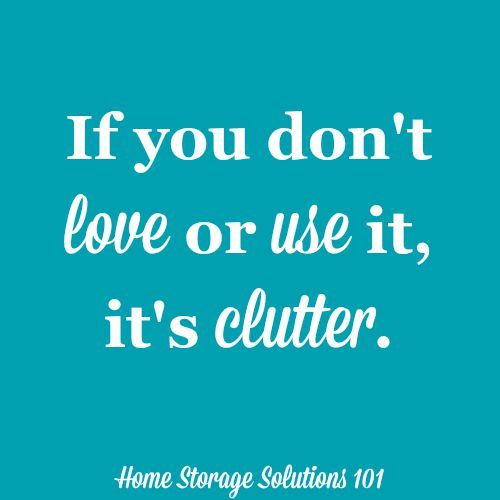The art of de-cluttering.
Quite a few of my clients ask me what they need to do before selling their home.
One of the most important things to do is de-cluttering. Some find it daunting and don't know where to start as they have been in their homes for over 20 years and have accumulated quite a collection! So I thought I would share this great post on doing just that if you are unsure where to start.
Visualisation and commitment
Imagine the lifestyle a tidy environment would bring. Think about the kind of ideal home buyers want to see. Interior design magazines and Pinterest boards are a great source of inspiration.
Tidying at the beginning of the day is ideal when your brain is most alert and refreshed.
Follow the order below when de-cluttering
- Clothing
- Books
- Documents
- Miscellaneous items
- Sentimental items.
Start with things that are accessible or of commercial nature because they’re easier to let go. This is more efficient than decluttering by room or area in the house.
Do they bring you joy?
Learning to choose your belongings will leave you with only the things you need. Focus on the feeling you have when you hold the item you plan on discarding. Does it bring you joy? If it does, keep it. If not, discard it.
If the item you’re trying to discard was expensive, in pristine condition or was a gift , it can make this decision-making difficult. A good way to get around this is to either donate the item or sell the item.
Obviously if the item doesn't spark joy but serves a purpose such as a toothbrush - you keep it!
Designation
To avoid the rebound effect of finding yourself disorganised after tidying, assign specific locations for certain items. Keep your jeans or trousers in the same part of the drawer. Hang your coats on the same section of your wall. This way, you prevent yourself from misplacing items somewhere else in your home and gives you the incentive to return things where they belong.
Simplify
Avoid piling your items; instead, arrange them vertically. When moving, you’ll reduce the number of containers required by folding and vertically arranging your clothes into boxes, for example. The same goes for storing them after the move; you’ll need fewer elaborate drawers or wardrobes for them.

